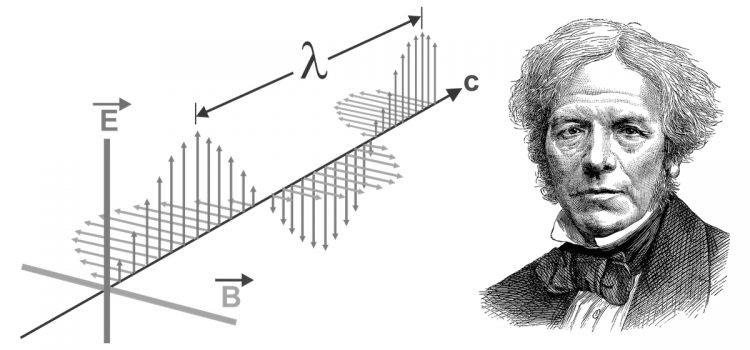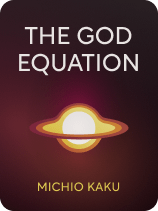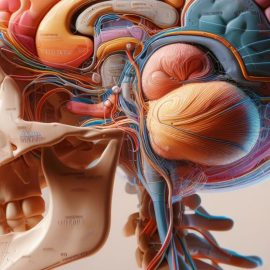

This article is an excerpt from the Shortform book guide to "The God Equation" by Michio Kaku. Shortform has the world's best summaries and analyses of books you should be reading.
Like this article? Sign up for a free trial here.
How did James Clerk Maxwell build upon the work of Michael Faraday? How do astronomers today benefit from scientific work done in the middle of the 19th century?
Since the birth of classical physics, the greatest advancements in knowledge have come from bringing together different fields of study. Even the early steps in physics—such as an unexpected unity among electricity, magnetism, and light—united what were thought at the time to be wildly different areas of study.
Theoretical physicist Michio Kaku discusses the history of electromagnetic theory in his book The God Equation. Take a look.
Electromagnetism
Kaku explains how the history of electromagnetic theory is part of the larger story of the search for a unified theory. We’ve been aware of both electricity and magnetism for thousands of years. But, it wasn’t until 1831 that scientific experimentalist Michael Faraday discovered that electricity can be used to create magnets and vice versa. In other words, Faraday showed that electricity and magnetism are two sides of the same coin. Kaku writes that, in describing his experiments, Faraday originated the concept of “fields”—in his case, electromagnetic fields—as a region of space in which forces and objects interact. The concept of fields would become a great unifier of disparate ideas within the realm of physics.
(Shortform note: In physics, the definition of a “field” can include more than just forces. More broadly, a field is a region of space in which every point has a property equated with a numerical value. For instance, if you’re walking outside in the cold and pass through an area of warmth around a bakery, you’ve walked through a “field” of higher temperature in which each particle of air has a higher energy value. While fields such as gravity and electricity are associated with a point of origin, such as a mass or a charged particle, other fields such as the temperature example do not require a single source of creation, since the bakery constitutes a general heat-producing region with no single point source of origin.)
Since Faraday wasn’t a mathematician, the most powerful revelation from his studies didn’t come until 1861, when James Clerk Maxwell expressed the relationship between electricity and magnetism in mathematical form. When he did, Maxwell’s equations revealed that the back-and-forth between electrical and magnetic fields, in which one creates the other and vice versa, propagates at a constant speed—the speed of light! Out of the blue, Maxwell had discovered that light is a wave in the electromagnetic field. Not only that, but his equations predicted frequencies of light beyond what we can see—the entire invisible electromagnetic spectrum that astronomers now use to explore the depths of space.
(Shortform note: In Astrophysics for People in a Hurry, Neil deGrasse Tyson explores the ramifications of using the electromagnetic spectrum’s full range of frequencies to make observations about the universe. Infrared light shows stars being born, while radio waves reveal stars that have died. X-rays help us pinpoint black holes, the objects with the most extreme gravity in the universe, while microwaves let us detect the lingering glow of the universe’s birth. Black holes and the microwaves from the early universe both play important roles in the search for a unified theory of physics.)
| Experiment and Theory Faraday and Maxwell exemplify two different approaches to uncovering the laws of nature in the sciences—those of experimentalists and theorists. An experimentalist is someone who conducts practical tests to explore the nature of the physical world, whereas a theorist adopts an intellectual, contemplative approach to determine the underlying rules of a system. In physics, the relationship between theorists and experimentalists is crucial to scientific progress. Often, a theorist will develop a hypothesis that an experimentalist will test to confirm or deny if it’s valid. In the case of Maxwell and Faraday, the experimental observations came first, followed later by Maxwell’s theoretical explanation. Kaku is a theorist, and some of his theories have yet to meet with experimental confirmation. |

———End of Preview———
Like what you just read? Read the rest of the world's best book summary and analysis of Michio Kaku's "The God Equation" at Shortform.
Here's what you'll find in our full The God Equation summary:
- The search for one theory that would unify all the rules of physics
- Why physicist Michio Kaku thinks string theory may hold the answer
- An explanation of string theory and the underlying symmetries of nature






